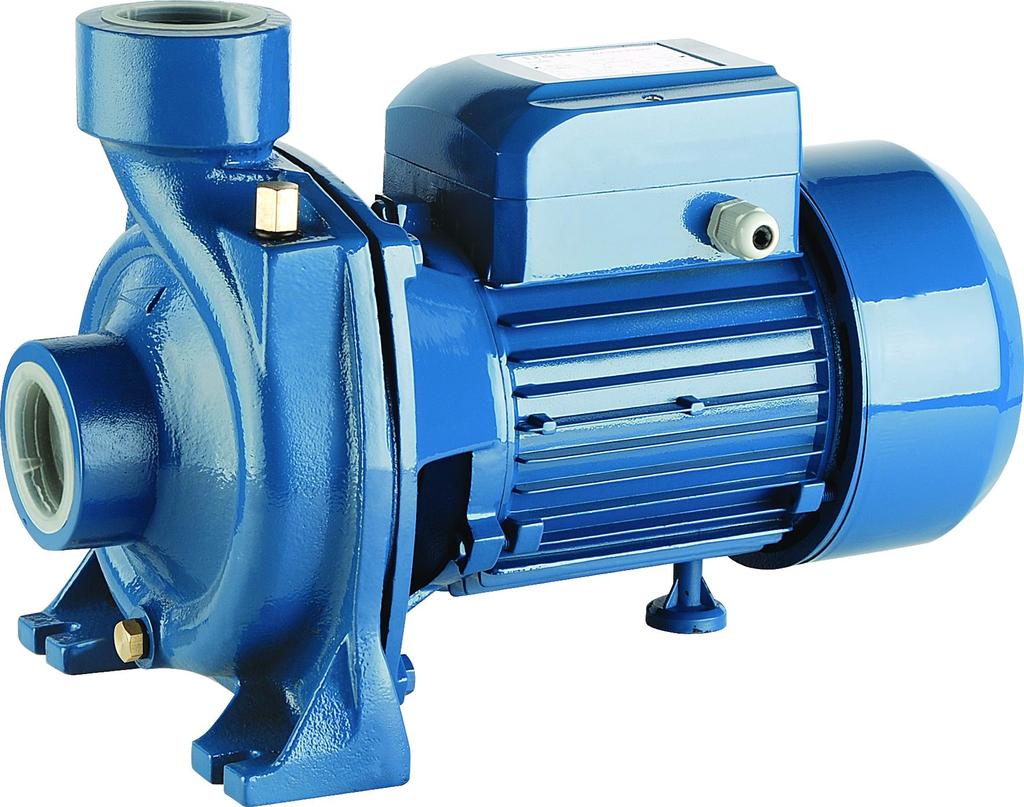Understanding Fire Water Pumps
A fire water pump is a critical piece of equipment designed to increase water flow and pressure to combat fires effectively. Used in various settings such as commercial buildings, industrial facilities, and residential complexes, fire water pumps help provide a steady water supply to fire sprinkler systems and other firefighting tools. When a fire breaks out, it’s crucial to have a sufficient amount of pressurized water available to control the flames, prevent spread, and ultimately extinguish the fire. Fire water pumps ensure that water from a static supply source, like a tank or reservoir, is pumped with adequate force to reach the fire, thus playing a vital role in enhancing overall fire safety.
How Fire Water Pumps Work
Fire water pumps function by drawing water from a supply source, such as a lake, river, reservoir, or dedicated water tank, and delivering it to fire suppression systems, including sprinklers and hose reels. When the fire alarm system detects a fire, the pump is activated automatically, thanks to a pressure switch that signals the drop in water pressure. The pump then boosts the water pressure to reach areas that would otherwise be inaccessible with the standard water flow available in most water supply systems. These pumps typically feature multiple components, including an electric or diesel engine to drive the pump, suction and discharge piping, control panels, and pressure relief valves to ensure safe and efficient operation.
Types of Fire Water Pumps
There are several types of fire water pumps tailored to meet different fire safety needs. The most common types include centrifugal pumps, vertical turbine pumps, and horizontal split-case pumps. Centrifugal pumps are widely used due to their high efficiency and reliability. They can handle large water volumes and are suitable for a variety of building types. Vertical turbine pumps are ideal for applications where the water source is below ground, such as wells, as they can draw water from deep sources. Horizontal split-case pumps, known for their durability, are often used in high-demand fire protection systems that require large water flows. Selecting the right type of fire water pump depends on factors such as the building’s size, layout, and the availability of water sources.
Maintenance and Reliability of Fire Water Pumps
Ensuring that fire water pumps remain reliable during emergencies is crucial, which is why regular maintenance is essential. Routine inspections help identify potential issues such as worn-out components, leaks, or blockages that could hinder the pump’s performance. Maintenance tasks typically include checking engine oil levels, testing the pump’s automatic start function, and inspecting the water supply lines for any obstructions. Fire water pumps should also undergo annual flow testing to confirm they can deliver the required water pressure and volume during an actual fire. By adhering to a strict maintenance schedule, property owners and managers can ensure that their fire water pumps will function as expected when needed most, thereby enhancing the safety of occupants and property.fire fighting water pump


